BioCNG®
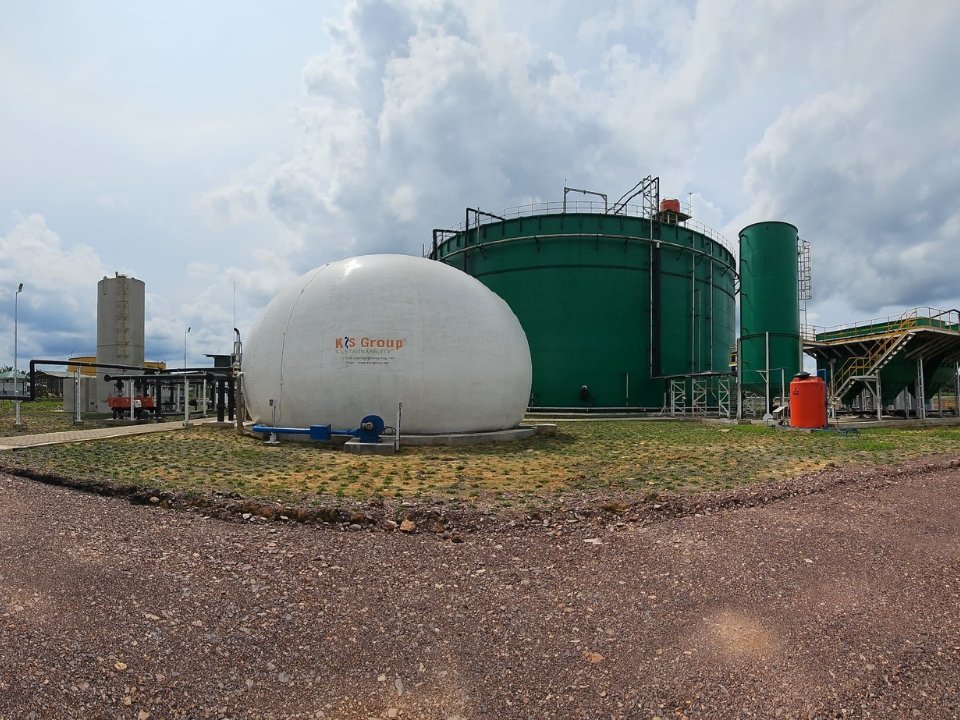
Technology
BioCNG®
KIS Group is renowned as a Global Leader in providing Sustainable Clean Technology services for converting unproductive Industrial & Domestic waste into profitable and sustainable energy resources.
Our Biogas upgrading technologies are highly reliable and well proven. We design the latest technological solutions and build top quality facilities required for these services. We also provide 3D views of the layout and animated 3D videos enabling our customer to make a virtual visit to the plant.
BIOGAS UPGRADING & BOTTLING
Removal of CO2 and other impurities from Biogas gives purified Methane( BioCNG® ) for bottling to use in domestic or industrial applications. Biogas composition may vary from substrate to substrate, feed stock composition fed into reactor for degradation of organic compounds. We will provide BioCNG® solution based on client requirements / demand on particular locations.
We offer turnkey solutions for the BioCNG® (Bio- Methane) >95%& Bottling technology. There are many methods available & each has its own advantages and disadvantages but most commonly used method is PSA techniques.


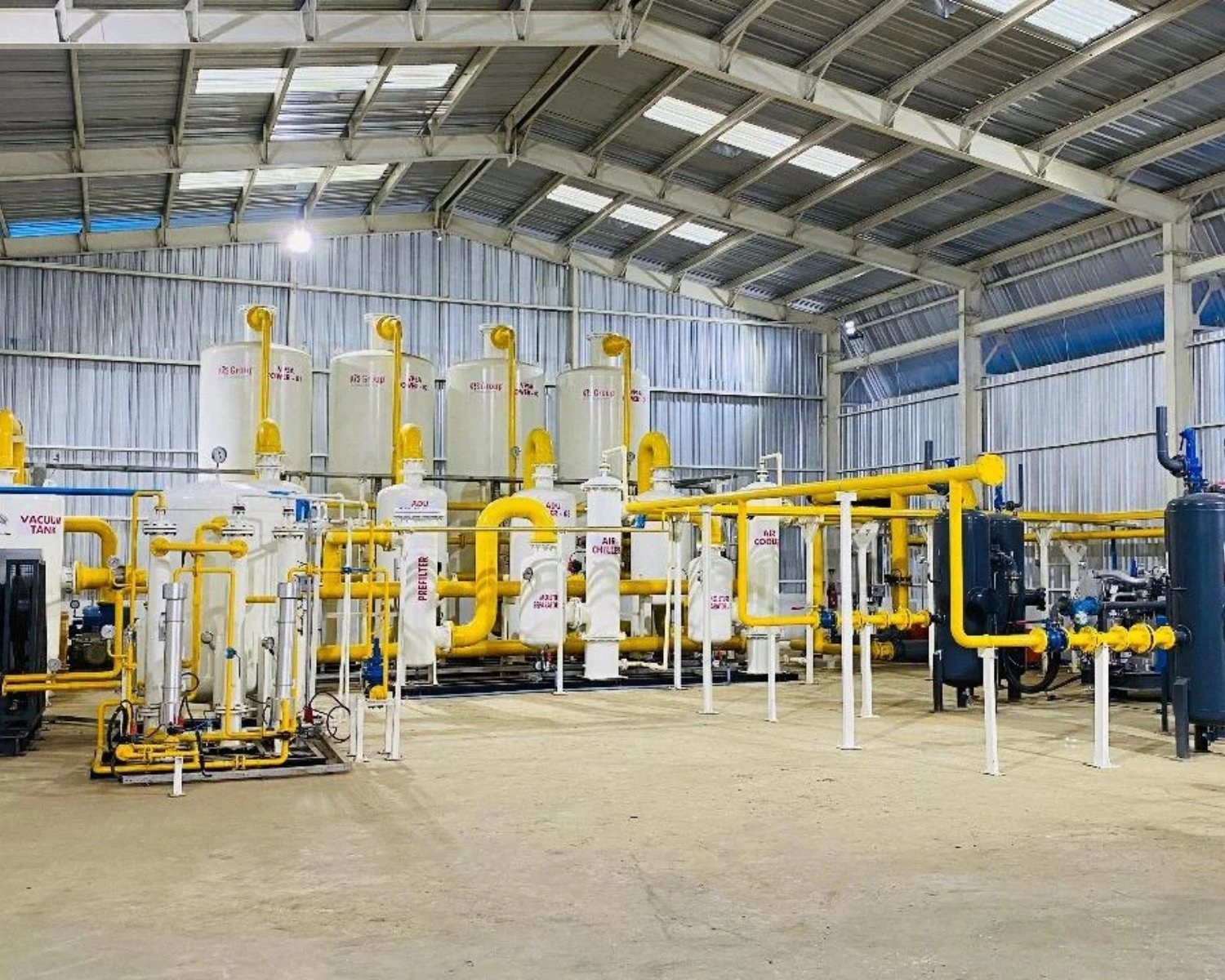
Pressure Swing Adsorption
(PSA)
An adsorption technology operated under pressure of 3-10 bar to remove Moisture, CO2, and H2S from raw biogas.
Vacuum Pressure Swing Adsorption
An Adsorption technology used to purify biogas by removing carbon dioxide (CO2) and other impurities, resulting in a methane-rich gas suitable for use as a fuel, similar to natural gas
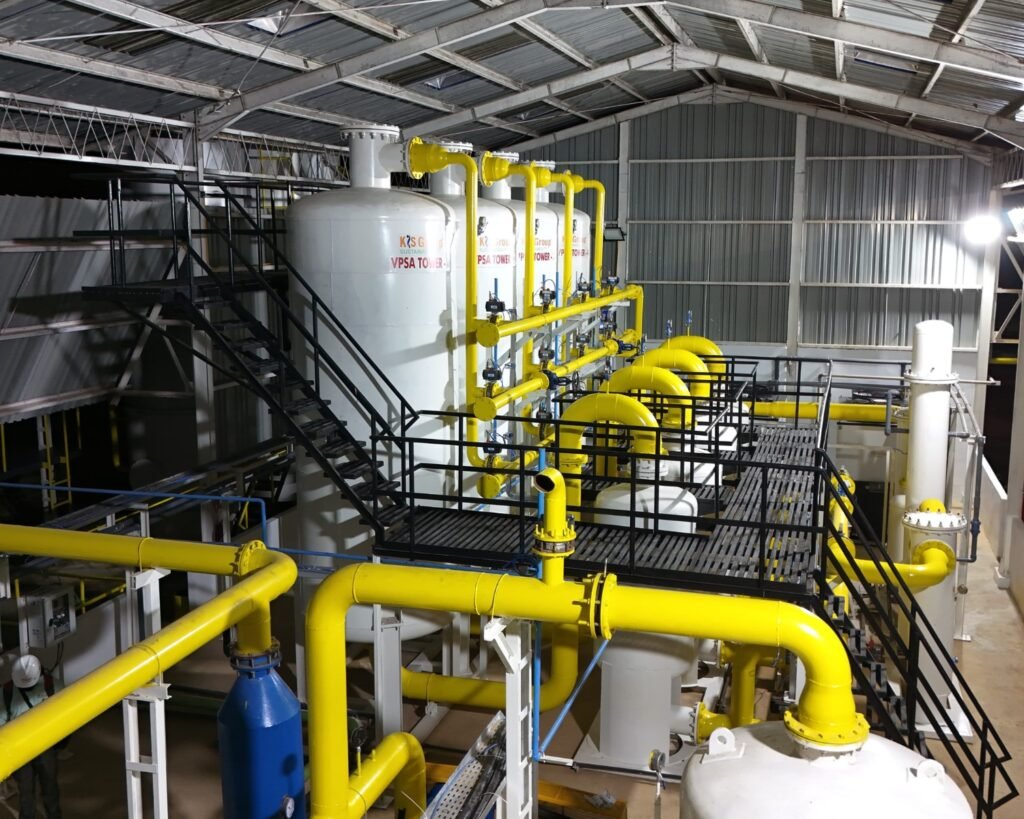
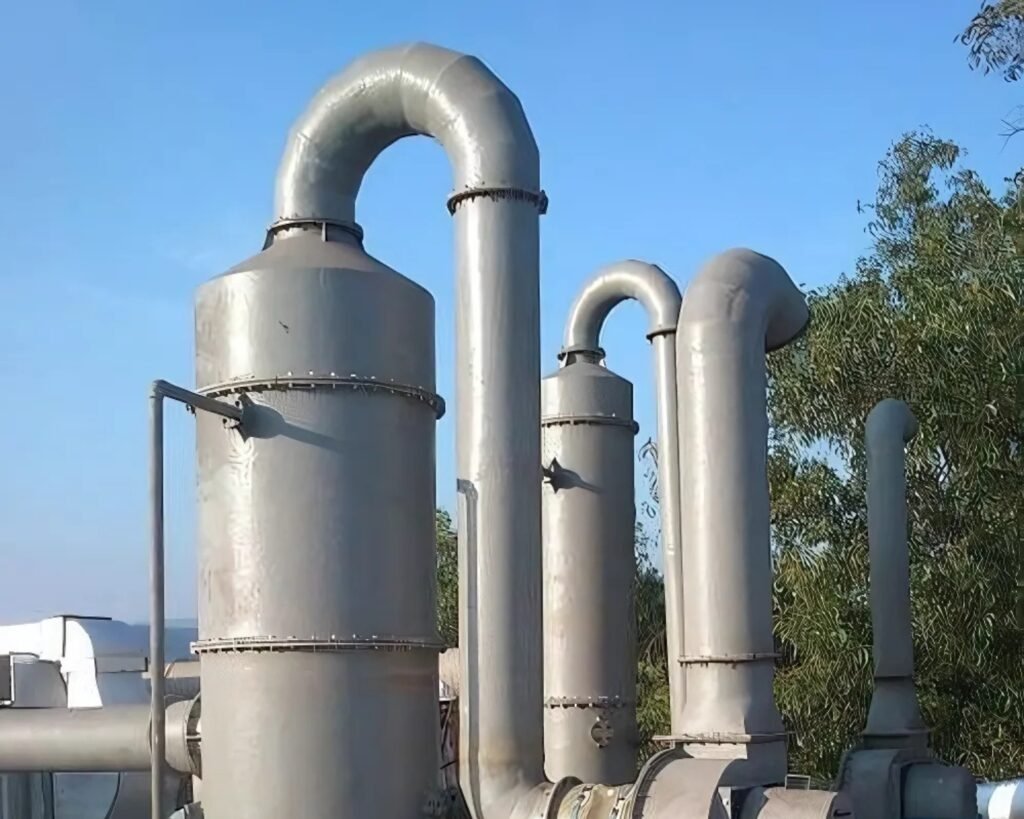
Water Scrubber
In a Water Scrubber, CO2 & H2S is separated from the raw biogas and dissolved into the water in the absorption column by using high pressure, normally 6-10 bar.
Membrane Separation
The Membrane Technology Is Operated at high pressure of 5-10 bar.The Principle used here is by selectively saperating high methane steam from CO2 using membrane that allow one gas to pass through more quickly than other.
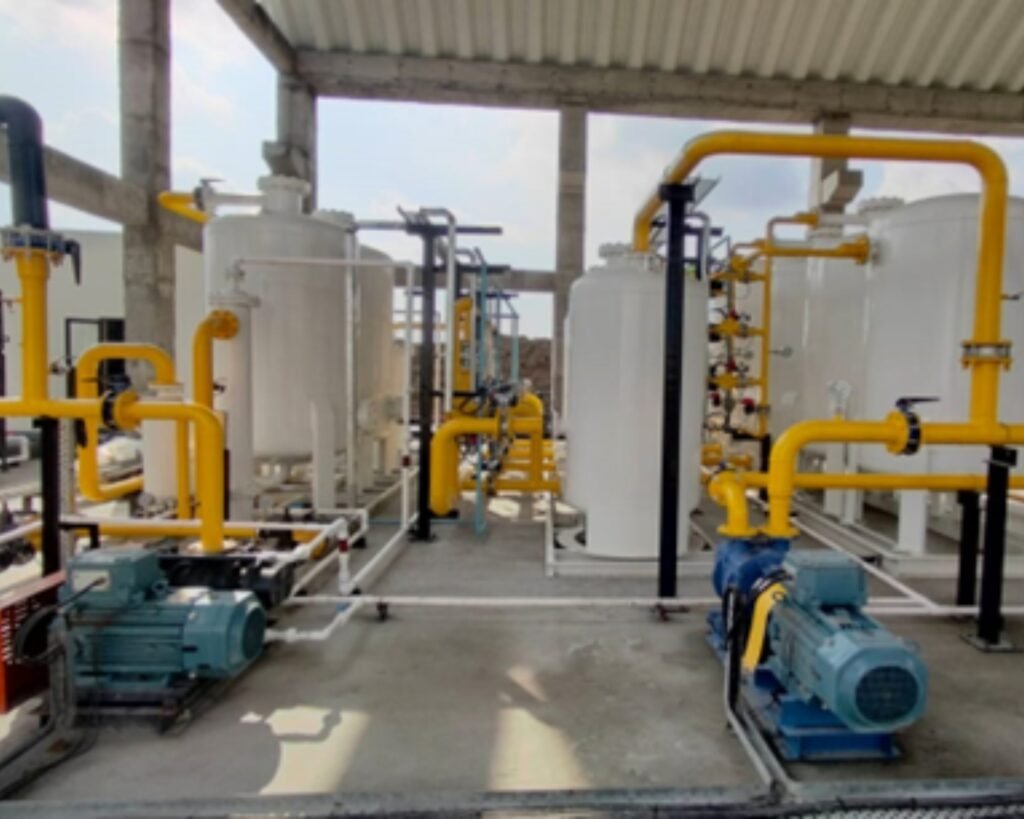
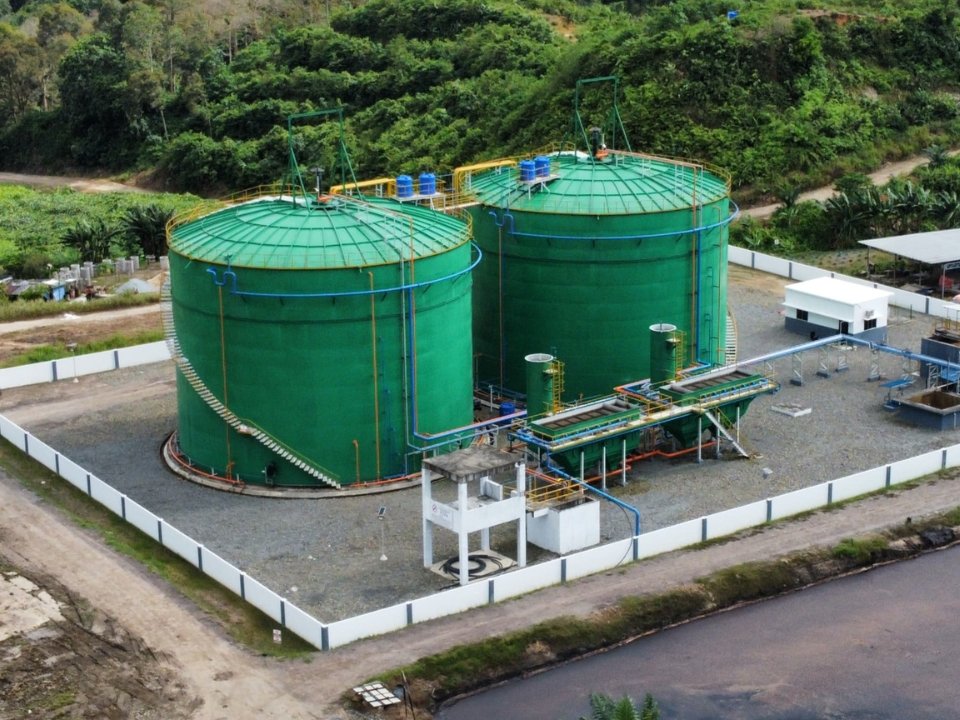
BioLNG
Biogas, like Liquefied Petroleum Gas (LPG) cannot be converted into liquid state under normal temperature and pressure. It liquefies at a pressure of about 47.4 Kg/cm2 at a critical temperature of -82.10C. Removing carbon dioxide, Hydrogen Sulphide, moisture and compressing it into cylinders Bio-LNG can be used,as fuel for transportation in Ships & Trucks
Hybrid (VPSA +Membrane Separation)
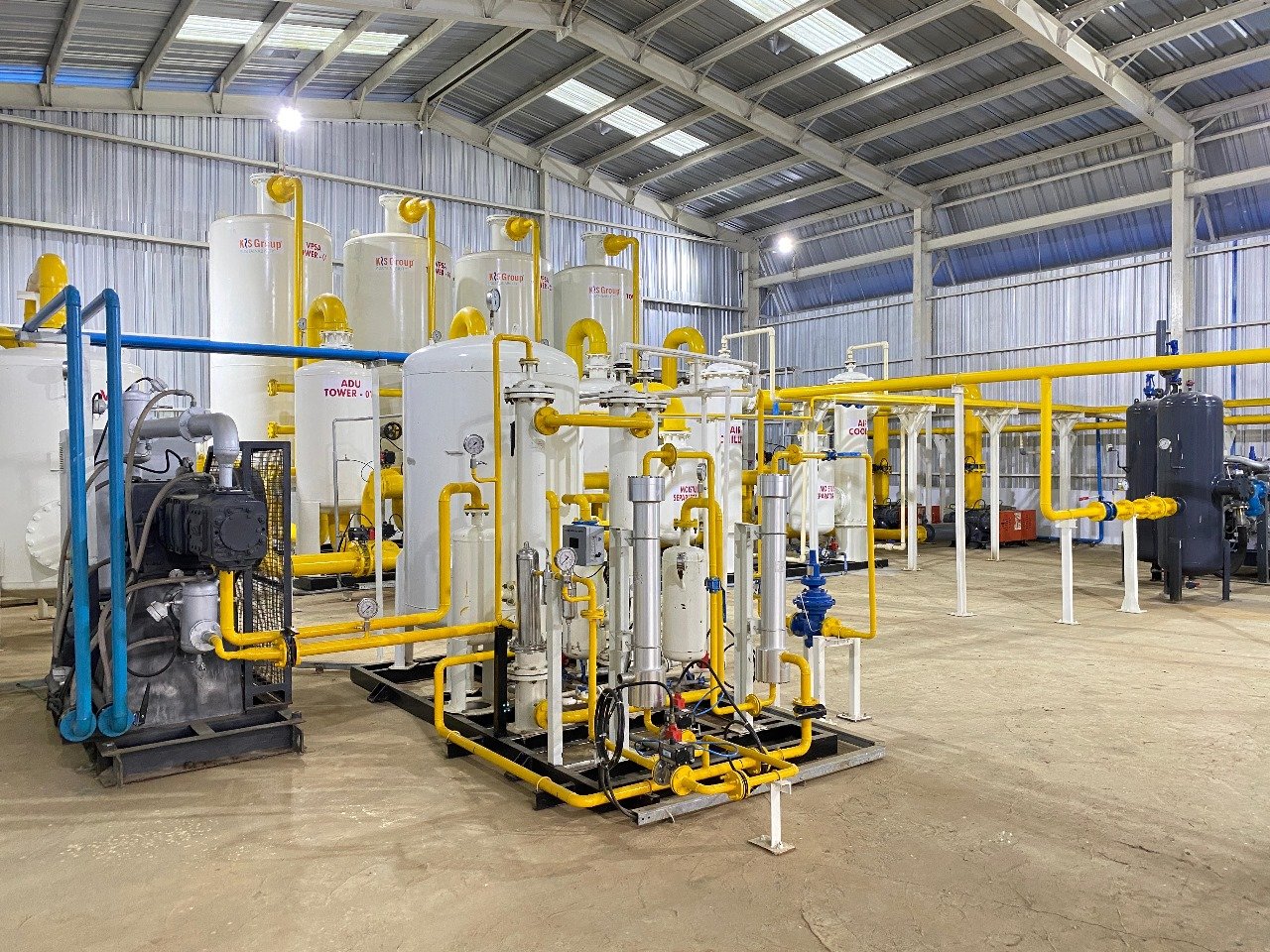
Cryogenic Separation
Here, Methane and Carbon dioxide are separated by gradually cooling down the raw biogas. All compounds with higher condensation temperature than methane, such as water, hydrogen sulphide, siloxanes and nitrogen, can be separated in this process.
Amine Scrubbers
The upgrading unit essentially consists of two columns (K1 & K2). The heart of the upgrading process is the absorber column K1. In this column, the raw gas is washed with a water-amine combination. In this process, the amine absorbs the CO2 and H2S and thereby cleans the gas. The water-amine solution is transferred to a stripper-column K2, where the CO2 and H2S are stripped from the solution to ensure the reuse of the solution.
BioLNG
Biogas, like Liquefied Petroleum Gas (LPG) cannot be converted into liquid state under normal temperature and pressure. It liquefies at a pressure of about 47.4 Kg/cm2 at a critical temperature of -82.10C. Removing carbon dioxide, Hydrogen Sulphide, moisture and compressing it into cylinders makes it easily usable for transport applications as fuel for vehicles & also for stationary applications.
Hybrid (VPSA +Membrane Separation)
Hybrid method combines VPSA system with end stage of membrane system to increase the recovery efficiency of BioCNG and reduce the capex of the system
Cryogenic Separation
Here, Methane and Carbon dioxide are separated by gradually cooling down the raw biogas. All compounds with higher condensation temperature than methane, such as water, hydrogen sulphide, siloxanes and nitrogen, can be separated in this process.
Amine Scrubbers
The upgrading unit essentially consists of two columns (K1 & K2). The heart of the upgrading process is the absorber column K1. In this column, the raw gas is washed with a water-amine combination. In this process, the amine absorbs the CO2 and H2S and thereby cleans the gas. The water-amine solution is transferred to a stripper-column K2, where the CO2 and H2S are stripped from the solution to ensure the reuse of the solution.
BioGas to Diesel/Jet Fuel
We offer consultancy for converting biogas to liquid fuels. The fuel may be diesel or jet fuels. The chemical and physical properties of the fuels are similar to the fossil fuels thus we can directly replace the natural occurring fossil fuel diesel with the converted diesel without any modifications of the existing engines of the vehicles/ airplanes.
